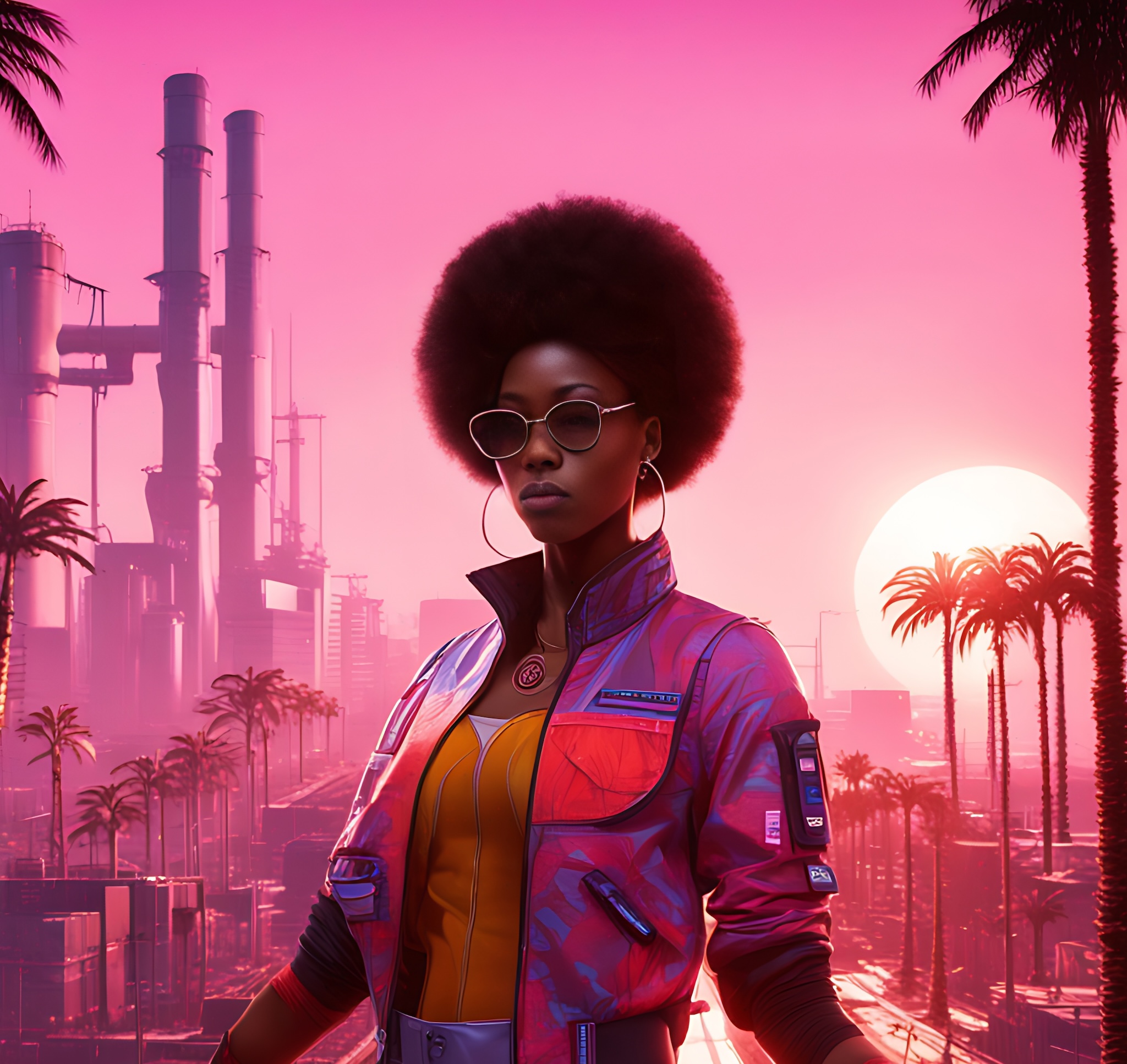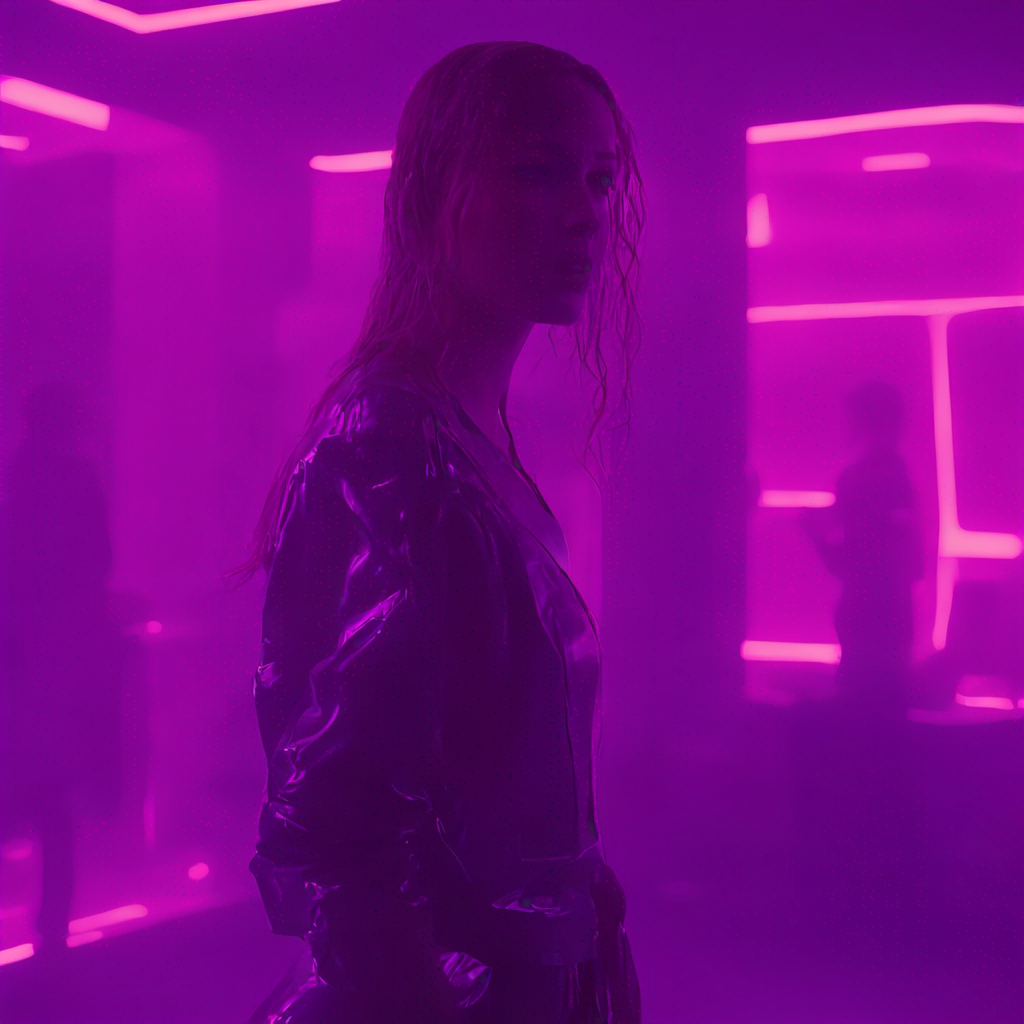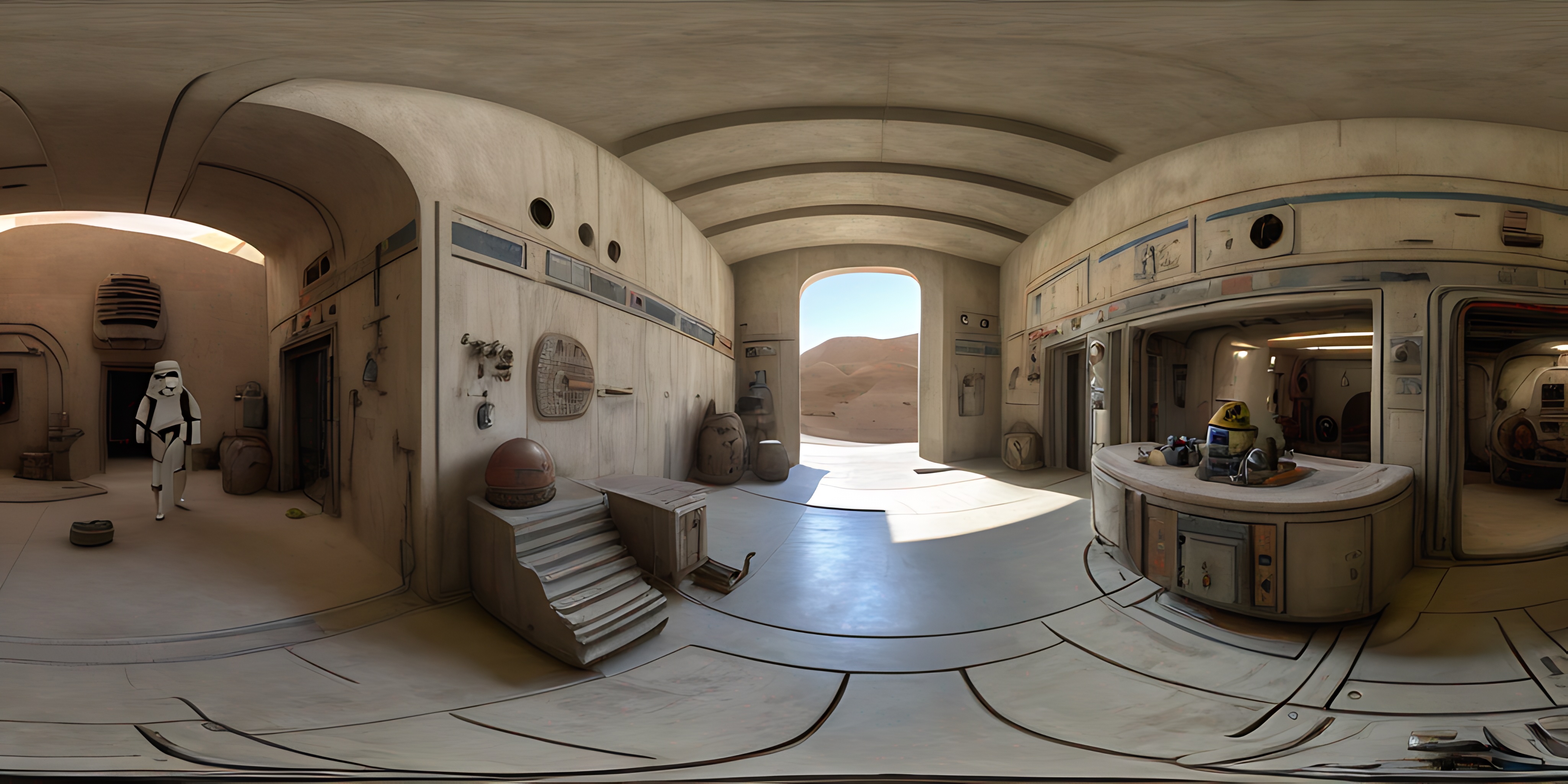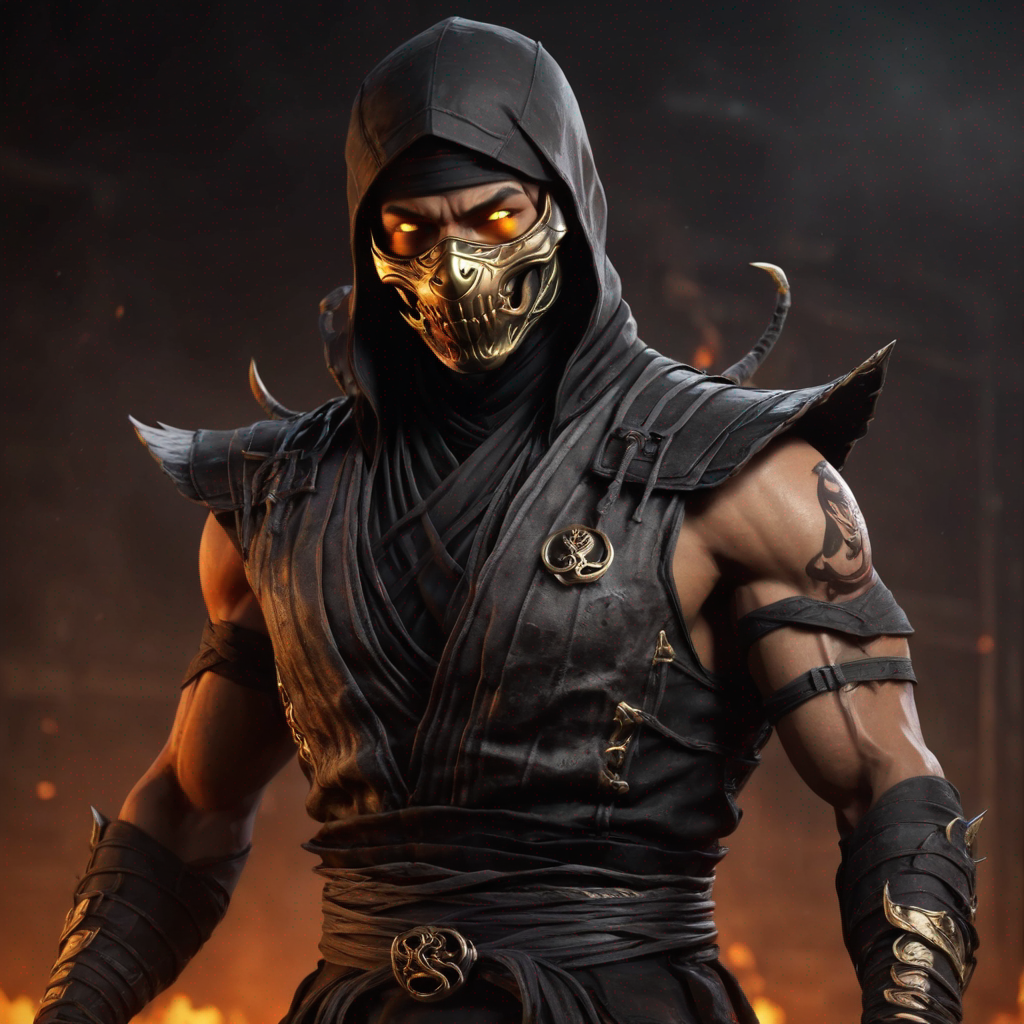sdxl-cyberpunk-2077
Maintainer: jbilcke

1

| Property | Value |
|---|---|
| Run this model | Run on Replicate |
| API spec | View on Replicate |
| Github link | No Github link provided |
| Paper link | No paper link provided |
Create account to get full access
Model overview
The sdxl-cyberpunk-2077 model is a text-to-image generative AI model created by jbilcke that can create detailed and visually striking images inspired by the Cyberpunk 2077 universe. It is similar to other popular text-to-image models like SDXL-Lightning, Stable Diffusion, and SDXL, but with a unique focus on generating imagery with a distinct Cyberpunk aesthetic.
Model inputs and outputs
The sdxl-cyberpunk-2077 model takes in a text prompt as the main input, along with optional parameters like image dimensions, seed, and more. The model then generates one or more images that attempt to visually capture the essence of the input prompt. The output is a list of image URLs that can be downloaded and used.
Inputs
- Prompt: The text description of the image you want to generate
- Image: An optional input image that the model can use as a starting point for generation
- Mask: An optional input mask that specifies which areas of the image should be preserved or inpainted
- Seed: A random seed value to control the randomness of the generated image
- Width/Height: The desired dimensions of the output image
- Number of outputs: The number of images to generate
Outputs
- Image URLs: A list of URLs pointing to the generated images
Capabilities
The sdxl-cyberpunk-2077 model excels at generating high-quality, photorealistic images with a distinct Cyberpunk theme. It can create detailed cityscapes, futuristic technology, moody lighting, and more, all infused with the gritty, neon-drenched aesthetic of the Cyberpunk genre. The model is particularly adept at combining various elements like characters, vehicles, and environments to produce cohesive and visually striking scenes.
What can I use it for?
The sdxl-cyberpunk-2077 model could be useful for a variety of applications, such as concept art for Cyberpunk-themed video games, movies, or books, as well as for creating unique backgrounds or visuals for websites, presentations, or social media posts. It could also be used for personal creative projects, allowing users to explore the Cyberpunk aesthetic and bring their ideas to life.
Things to try
One interesting thing to try with the sdxl-cyberpunk-2077 model is to experiment with different types of prompts, from specific scene descriptions to more abstract or evocative prompts. See how the model interprets and translates these prompts into its unique Cyberpunk-inspired imagery. You can also try using the model's image input and mask capabilities to refine or build upon existing visuals, blending the Cyberpunk aesthetic with other elements.
This summary was produced with help from an AI and may contain inaccuracies - check out the links to read the original source documents!
Related Models

sdxl-lightning-4step

453.2K
sdxl-lightning-4step is a fast text-to-image model developed by ByteDance that can generate high-quality images in just 4 steps. It is similar to other fast diffusion models like AnimateDiff-Lightning and Instant-ID MultiControlNet, which also aim to speed up the image generation process. Unlike the original Stable Diffusion model, these fast models sacrifice some flexibility and control to achieve faster generation times. Model inputs and outputs The sdxl-lightning-4step model takes in a text prompt and various parameters to control the output image, such as the width, height, number of images, and guidance scale. The model can output up to 4 images at a time, with a recommended image size of 1024x1024 or 1280x1280 pixels. Inputs Prompt**: The text prompt describing the desired image Negative prompt**: A prompt that describes what the model should not generate Width**: The width of the output image Height**: The height of the output image Num outputs**: The number of images to generate (up to 4) Scheduler**: The algorithm used to sample the latent space Guidance scale**: The scale for classifier-free guidance, which controls the trade-off between fidelity to the prompt and sample diversity Num inference steps**: The number of denoising steps, with 4 recommended for best results Seed**: A random seed to control the output image Outputs Image(s)**: One or more images generated based on the input prompt and parameters Capabilities The sdxl-lightning-4step model is capable of generating a wide variety of images based on text prompts, from realistic scenes to imaginative and creative compositions. The model's 4-step generation process allows it to produce high-quality results quickly, making it suitable for applications that require fast image generation. What can I use it for? The sdxl-lightning-4step model could be useful for applications that need to generate images in real-time, such as video game asset generation, interactive storytelling, or augmented reality experiences. Businesses could also use the model to quickly generate product visualization, marketing imagery, or custom artwork based on client prompts. Creatives may find the model helpful for ideation, concept development, or rapid prototyping. Things to try One interesting thing to try with the sdxl-lightning-4step model is to experiment with the guidance scale parameter. By adjusting the guidance scale, you can control the balance between fidelity to the prompt and diversity of the output. Lower guidance scales may result in more unexpected and imaginative images, while higher scales will produce outputs that are closer to the specified prompt.
Updated Invalid Date

sdxl-bladerunner2049

1
The sdxl-bladerunner2049 is a specialized SDXL model trained on Blade Runner 2049 still frames. It is maintained by doriandarko. This model is similar to other SDXL models like sdxl-deep-down, sdxl, sdxl-black-light, sdxl, and sdxl_overwatch, which are fine-tuned on various datasets to specialize in different visual styles and themes. Model inputs and outputs The sdxl-bladerunner2049 model takes in a variety of inputs including an image, mask, prompt, and various configuration options. The outputs are an array of generated images. Inputs Prompt**: The input text prompt to guide the image generation Image**: An input image for img2img or inpaint mode Mask**: An input mask for inpaint mode, where black areas will be preserved and white areas will be inpainted Seed**: A random seed value, leave blank to randomize Width/Height**: The desired width and height of the output image Num Outputs**: The number of images to generate Guidance Scale**: The scale for classifier-free guidance Num Inference Steps**: The number of denoising steps to perform Prompt Strength**: The strength of the prompt when using img2img/inpaint Refine**: The refine style to use Scheduler**: The scheduler algorithm to use LoRA Scale**: The LoRA additive scale (only applicable on trained models) High Noise Frac**: The fraction of noise to use for the expert_ensemble_refiner Apply Watermark**: Whether to apply a watermark to the generated images Replicate Weights**: The LoRA weights to use (leave blank for default) Outputs Array of generated images**: The model outputs an array of generated image URLs Capabilities The sdxl-bladerunner2049 model is capable of generating high-quality images in the style of Blade Runner 2049. It can produce a variety of futuristic, dystopian scenes with distinct visual elements from the film. What can I use it for? You can use the sdxl-bladerunner2049 model to create Blade Runner-inspired artwork, concept art, or visual assets for projects related to science fiction, cyberpunk, or futuristic themes. The model's specialized training allows it to capture the unique aesthetic of the Blade Runner universe, making it a valuable tool for artists, designers, and filmmakers working in these genres. Things to try Some interesting things to try with the sdxl-bladerunner2049 model include experimenting with different input prompts to explore the range of visual styles it can produce, using the img2img and inpaint modes to modify existing Blade Runner imagery, and adjusting the various configuration options to fine-tune the output to your specific needs.
Updated Invalid Date

sdxl-panorama

1
The sdxl-panorama model is a version of the Stable Diffusion XL (SDXL) model that has been fine-tuned for panoramic image generation. This model builds on the capabilities of similar SDXL-based models, such as sdxl-recur, sdxl-controlnet-lora, sdxl-outpainting-lora, sdxl-black-light, and sdxl-deep-down, each of which focuses on a specific aspect of image generation. Model inputs and outputs The sdxl-panorama model takes a variety of inputs, including a prompt, image, seed, and various parameters to control the output. It generates panoramic images based on the provided input. Inputs Prompt**: The text prompt that describes the desired image. Image**: An input image for img2img or inpaint mode. Mask**: An input mask for inpaint mode, where black areas will be preserved and white areas will be inpainted. Seed**: A random seed to control the output. Width and Height**: The desired dimensions of the output image. Refine**: The refine style to use. Scheduler**: The scheduler to use for the diffusion process. LoRA Scale**: The LoRA additive scale, which is only applicable on trained models. Num Outputs**: The number of images to output. Refine Steps**: The number of steps to refine, which defaults to num_inference_steps. Guidance Scale**: The scale for classifier-free guidance. Apply Watermark**: A boolean to determine whether to apply a watermark to the output image. High Noise Frac**: The fraction of noise to use for the expert_ensemble_refiner. Negative Prompt**: An optional negative prompt to guide the image generation. Prompt Strength**: The prompt strength when using img2img or inpaint mode. Num Inference Steps**: The number of denoising steps to perform. Outputs Output Images**: The generated panoramic images. Capabilities The sdxl-panorama model is capable of generating high-quality panoramic images based on the provided inputs. It can produce detailed and visually striking landscapes, cityscapes, and other panoramic scenes. The model can also be used for image inpainting and manipulation, allowing users to refine and enhance existing images. What can I use it for? The sdxl-panorama model can be useful for a variety of applications, such as creating panoramic images for virtual tours, film and video production, architectural visualization, and landscape photography. The model's ability to generate and manipulate panoramic images can be particularly valuable for businesses and creators looking to showcase their products, services, or artistic visions in an immersive and engaging way. Things to try One interesting aspect of the sdxl-panorama model is its ability to generate seamless and coherent panoramic images from a variety of input prompts and images. You could try experimenting with different types of scenes, architectural styles, or natural landscapes to see how the model handles the challenges of panoramic image generation. Additionally, you could explore the model's inpainting capabilities by providing partial images or masked areas and observing how it fills in the missing details.
Updated Invalid Date

sdxl-mk1

7
The sdxl-mk1 model is designed to generate Mortal Kombat 1 fighters and character skins. It is a specialized model created by asronline that is similar to other SDXL-based models like mk1-redux, masactrl-sdxl, sdxl-akira, and sdxl-mascot-avatars. These models offer a range of capabilities, from generating classic Mortal Kombat fighters to producing cute mascot avatars. Model inputs and outputs The sdxl-mk1 model accepts a variety of inputs, including a prompt, image, and various parameters to control the output. The outputs are generated images depicting Mortal Kombat 1 fighters and character skins. Inputs Prompt**: The input prompt that describes the desired output image. Image**: An input image that can be used as a starting point for the generation process. Mask**: An input mask that can be used to define areas of the image that should be preserved or inpainted. Seed**: A random seed value that can be used to control the randomness of the generated output. Width and Height**: The desired dimensions of the output image. Refine**: The refinement style to use when generating the output. Scheduler**: The scheduler algorithm to use when generating the output. LoRA Scale**: The scale factor for LoRA (Local Reparameterization) additions. Num Outputs**: The number of output images to generate. Refine Steps**: The number of refinement steps to perform. Guidance Scale**: The scale factor for classifier-free guidance. Apply Watermark**: A flag to control whether a watermark is applied to the output images. High Noise Frac**: The fraction of high noise to use for expert ensemble refinement. Negative Prompt**: An optional negative prompt to guide the generation process. Prompt Strength**: The strength of the input prompt when using image-to-image or inpainting. Num Inference Steps**: The number of denoising steps to perform during the generation process. Outputs Output Images**: The generated Mortal Kombat 1 fighter and character skin images. Capabilities The sdxl-mk1 model is capable of generating high-quality images of Mortal Kombat 1 fighters and character skins. It can produce a wide variety of characters and styles, and the input parameters allow for fine-tuning the output to match specific preferences. What can I use it for? The sdxl-mk1 model can be used to create custom Mortal Kombat 1-inspired artwork, character designs, or even fan projects. Potential use cases include generating content for games, websites, social media, or other Mortal Kombat-themed applications. The model's capabilities could also be leveraged to create unique and engaging marketing materials or merchandise for Mortal Kombat fans. Things to try With the sdxl-mk1 model, you can experiment with different prompts, input images, and parameter settings to see how they affect the generated output. Try describing specific Mortal Kombat characters or themes, or use the image-to-image and inpainting capabilities to refine or modify existing Mortal Kombat-inspired artwork. The model's flexibility allows for a wide range of creative possibilities.
Updated Invalid Date